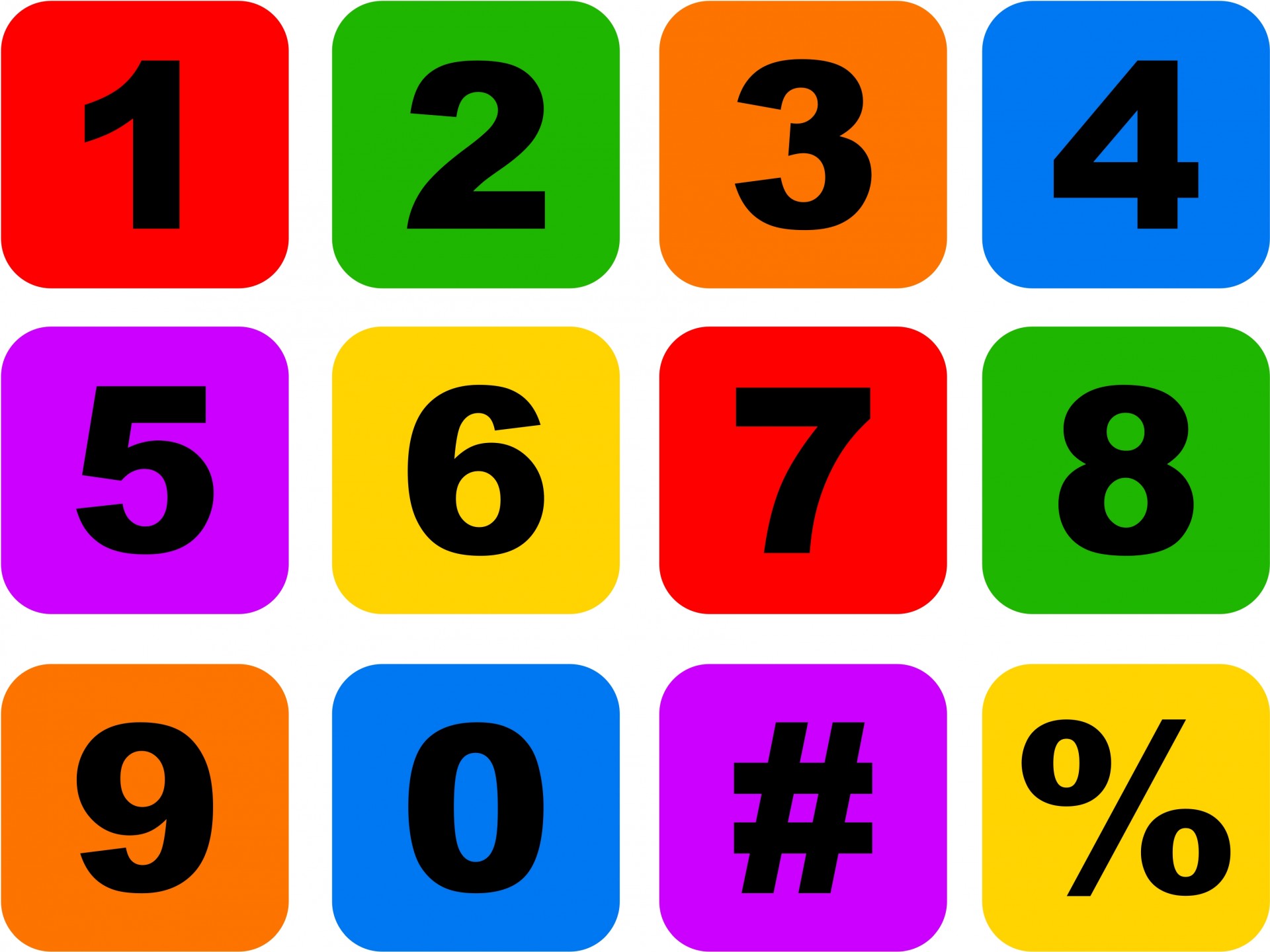The intricate tapestry of molecular architecture is a testament to the elegance of atomic arrangement, where every atom plays a pivotal role in the symphony of chemistry. Understanding the number of each type of atom within a molecule is akin to deciphering a masterful composition—each note contributing uniquely to the overall harmony. In this exploration, we shall delve into the multifaceted facets of atomic enumeration, establishing a clear framework through which the characters of molecules are illuminated.
At the heart of this inquiry lies the concept of a molecule itself—an ensemble of atoms bonded together, often forming the fundamental units of matter. Molecules can be as simple as diatomic gases (e.g., oxygen, O2) or as complex as macromolecules (e.g., proteins). When examining a molecule, it is imperative to identify not only the quantity of atoms but also their types, as these factors dictate the myriad of chemical properties and behaviors exhibited throughout the continuum of reactions.
To embark on this journey, we begin with the rudiments of molecular notation. The molecular formula serves as a codex, revealing the identity and quantity of the constituent atoms. For instance, the formula H2O denotes a molecule of water, composed of two hydrogen (H) atoms and one oxygen (O) atom. Such formulas are not mere symbols; they encapsulate the essence of chemical stoichiometry—a meticulous accounting of atomic numbers that sheds light on reaction mechanisms and molecular interactions.
Primarily, understanding the number of each type of atom can be likened to conducting an audit. Each atom, as we examine the molecular formula, represents a unique entity with distinct properties and characteristics. Therefore, in our audit of H2O, we discern the balance of hydrogen and oxygen, noting how their specific quantities contribute to the unique properties of water. Water’s ability to dissolve a myriad of substances, for example, stems directly from its molecular composition.
Next, it is essential to recognize the relevance of structural formulas. While molecular formulas convey the types and numbers of atoms, structural formulas elucidate the connectivity—artistically illustrating how atoms are bonded. This structural dimension allows us to visualize the spatial arrangement of atoms, inferring the molecule’s potential reactive sites. For organic molecules, for instance, structural representations reveal functional groups, pivotal in dictating chemical reactivity and interactions. We shall see that the number of each type of atom interplays with the structure to influence molecular behavior.
Consider ethylene (C2H4), a simple organic molecule. The structural representation portrays carbon atoms at the nucleus, entwined by double bonds and flanked by hydrogen atoms. From the formula, we observe two carbon atoms and four hydrogen atoms, but a deeper inspection into the electronic configuration unveils the molecular dynamics that empower ethylene as a vital building block in the synthesis of polymers and other complex organic compounds. Here, the interplay of atomic numbers asserts not just quantity but defines the functional capabilities of the molecular ensemble.
Furthermore, let us traverse into the realm of ions and charged species. In ionic compounds, the atom count reflects both cations and anions, carefully balanced to maintain electroneutrality. In sodium chloride (NaCl), for instance, one sodium ion (Na+) pairs with one chloride ion (Cl–), creating a lattice characterized by rigorous symmetry. The quantification here thus highlights a harmonious dance of oppositely charged entities, essential in understanding solubility and conductivity in aqueous solutions.
As we navigate through the complexities of molecular composition, it becomes evident that the stoichiometric coefficients in balanced chemical equations further amplify our comprehension of atomic quantities. For instance, the reaction of hydrogen with oxygen to synthesize water can be expressed as 2H2 + O2 → 2H2O. Here, the coefficients provide insight into the mole ratios, correlating the behavior of reactants to the products. The arteriosclerosis of equations not only reveals the number of each atom but also intertwines the fabric of mass conservation—the age-old principle that matter is neither created nor destroyed during a reaction.
Additionally, as we assess molecular diversity, the distinctions between homonuclear and heteronuclear molecules come forth. Homonuclear molecules, composed of identical atoms (e.g., N2), contrast with heteronuclear compounds, which consist of different atoms (e.g., CO2). The number and type of atoms in these categories provoke different physical properties, such as polarity and phase behavior, expanding our understanding of their respective applications in both nature and technology.
Ultimately, the pursuit of understanding the number of each type of atom in a molecule traverses a captivating landscape filled with varying implications—each count serving to unveil the hidden narratives that govern chemical reactivity and interactions. From simple water molecules to intricate organic structures, the enumeration of atomic constituents is a fundamental process in the realm of chemistry. This knowledge not only empowers scientists to manipulate and synthesize new compounds but also enhances our appreciation of the molecular choreography that governs the universe itself.
To summarize, as we dissect molecular formulas and structural representations, engage with stoichiometric principles, and consider the contrasts between molecular types, we surrender to the profound intricacies of atomic composition. Each atom contributes its unique voice to the greater symphony of molecular existence, reminding us that behind every formula lies a story—one that speaks eloquently of the precise craftsmanship that defines the world we inhabit.












